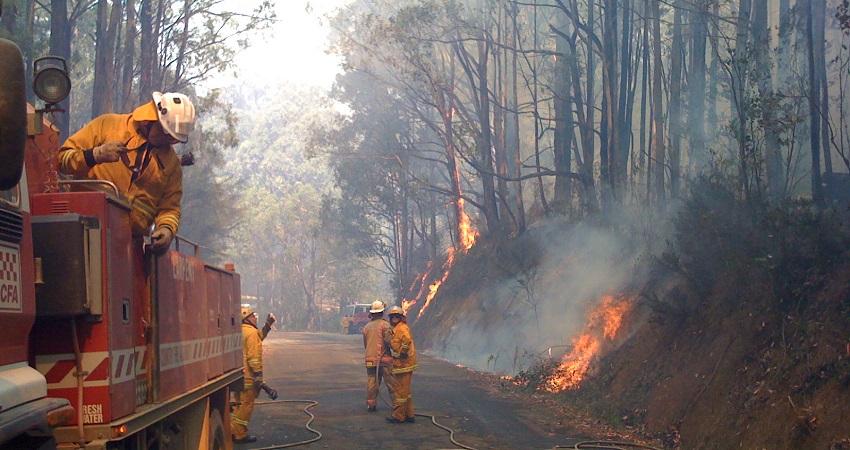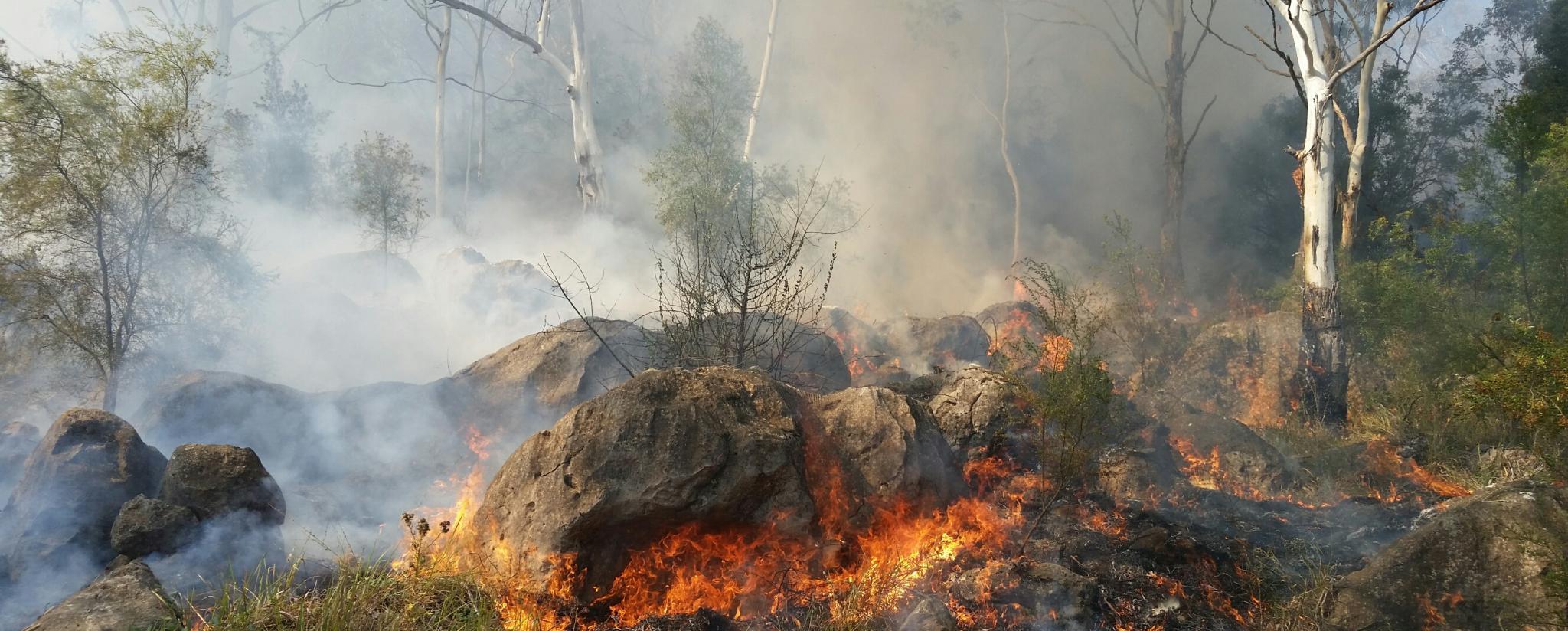Recognizing the Value of a Thorough BAL Assessment Report
Wiki Article
The Importance of Bushfire Monitoring in Fire Protection
In the realm of fire security, the value of reliable bushfire administration can not be downplayed. As areas worldwide face enhancing circumstances of wildfires, the proactive strategy to stop and alleviating these natural catastrophes with critical bushfire management techniques has become a critical element. Past the prompt threat to human life and home, the interplay between bushfire management and ecological preservation, neighborhood involvement, and climate change poses complex challenges that demand comprehensive solutions.Importance of Proactive Bushfire Avoidance
Aggressive bushfire avoidance approaches are necessary in reducing the devastating impacts of wildfires on neighborhoods and ecological communities. One vital aspect of positive bushfire avoidance is fuel management.Enlightening the public on fire security techniques and promoting neighborhood understanding regarding the importance of bushfire prevention are important elements of proactive methods. Inevitably, positive bushfire avoidance plays a substantial function in safeguarding areas and communities from the damaging impacts of wildfires.
Duty of Neighborhood Engagement in Fire Defense
Involving the community in fire defense initiatives is essential to enhancing the efficiency of positive bushfire avoidance strategies. Community involvement plays a critical role in cultivating a collective understanding of the dangers postured by bushfires and the value of preparedness measures. By including regional homeowners, authorities can share crucial information on fire safety and security practices, discharge treatments, and early caution systems, encouraging people to take proactive steps to guard their homes and lives.Furthermore, community interaction efforts aid build durability within communities, fostering a sense of unity and shared responsibility in mitigating fire dangers. Via workshops, training sessions, and neighborhood events, citizens can discover exactly how to create defensible rooms around their homes, minimize fire gas lots, and recognize prospective dangers. By fostering a society of readiness and partnership, areas can strengthen their capability to react effectively to bushfire emergencies, minimizing the effect on lives and properties. Eventually, area engagement is a keystone of comprehensive fire security methods, stressing the value of cumulative action in guarding prone areas from the hazard of bushfires.
Significance of Wildlife Conservation in Bushfire Monitoring
Preservation of wild animals plays an important duty in reliable bushfire monitoring techniques, guaranteeing the defense of diverse environments and biodiversity in fire-prone regions. Wildlife conservation is important as it adds to the overall strength of ecological communities, assisting in their capability to stand up to and recoup from the influence of bushfires. By conserving environments and protecting various species, the all-natural balance within these communities is maintained, which is crucial for their lasting health and wellness and sustainability.Moreover, wildlife preservation likewise aids in lowering the danger and strength of bushfires. Healthy and balanced ecological communities with unspoiled wildlife populations can serve as all-natural firebreaks, slowing down the spread of fires and limiting their destructive possibility (BMP). Specific pet types, like tunneling pets or birds that spread out seeds, play unique duties in protecting against fires or helping in the post-fire regeneration of environments
Including wildlife conservation right into bushfire management techniques is not just important for protecting biodiversity but additionally for promoting the overall health and durability of environments when faced with enhancing fire threats.
Advantages of Strategic Gas Reduction Programs
Tactically carrying out fuel reduction programs is crucial in alleviating the threat and effect of bushfires in fire-prone areas. These programs entail controlled burning, mechanical clearing, and various other methods to reduce the quantity of flammable greenery offered to sustain wildfires. By purposefully lowering gas loads in vital areas, such as close to property communities or important framework, the strength and spread of bushfires can be considerably reduced.One of the key Bushfire Management Plan benefits of gas reduction programs is the enhancement of overall fire resilience in an ecological community. By creating critical gas breaks and reducing the connection of vegetation, these programs assist to interrupt the course of a bushfire, making it much easier for firemens to snuff out the blaze and have. In addition, fuel reduction programs can shield biodiversity by protecting against excessively intense fires that can ruin environments and intimidate wild animals populations.
In addition, these programs can also secure human lives and home by lowering the risk of catastrophic fires that position a considerable danger to neighborhoods. Inevitably, critical fuel decrease programs play an important role in positive bushfire administration and cultivating a much safer environment for both individuals and nature.
Effect of Environment Adjustment on Bushfire Threat

Greater temperature levels lead to drier greenery, making it extra vulnerable to ignition. Minimized rainfall in particular areas lengthens dry spell conditions, even more increasing the flammability of the landscape. Furthermore, the transforming climate has actually modified wind patterns and weather, causing even more irregular fire actions and rapid fire spread.
As the environment remains to alter, the regularity and intensity of bushfires are expected to climb, demanding a flexible and proactive method to bushfire administration. Techniques have to progress to account for the altering threat landscape, incorporating environment forecasts and thinking about lasting strength in fire management planning. Resolving the effect of environment change on bushfire risk is essential in developing reliable techniques to protect lives, property, and the environment.
Verdict
To conclude, positive bushfire prevention, area engagement, wildlife preservation, calculated fuel decrease programs, and factor to consider of climate adjustment are important elements in reliable fire security. By implementing these methods, we can better take care of bushfire threats and shield both human lives and the atmosphere. Bushfire Risk. It is vital that stakeholders collaborate to focus on these procedures to decrease the destructive influence of bushfires on communities and ecological communities

As the environment continues to change, the regularity and intensity of bushfires are anticipated to rise, requiring a adaptive and aggressive strategy to bushfire management.In verdict, proactive bushfire avoidance, community engagement, wildlife conservation, calculated gas decrease programs, and factor to consider of environment modification are crucial parts in efficient fire security.
Report this wiki page